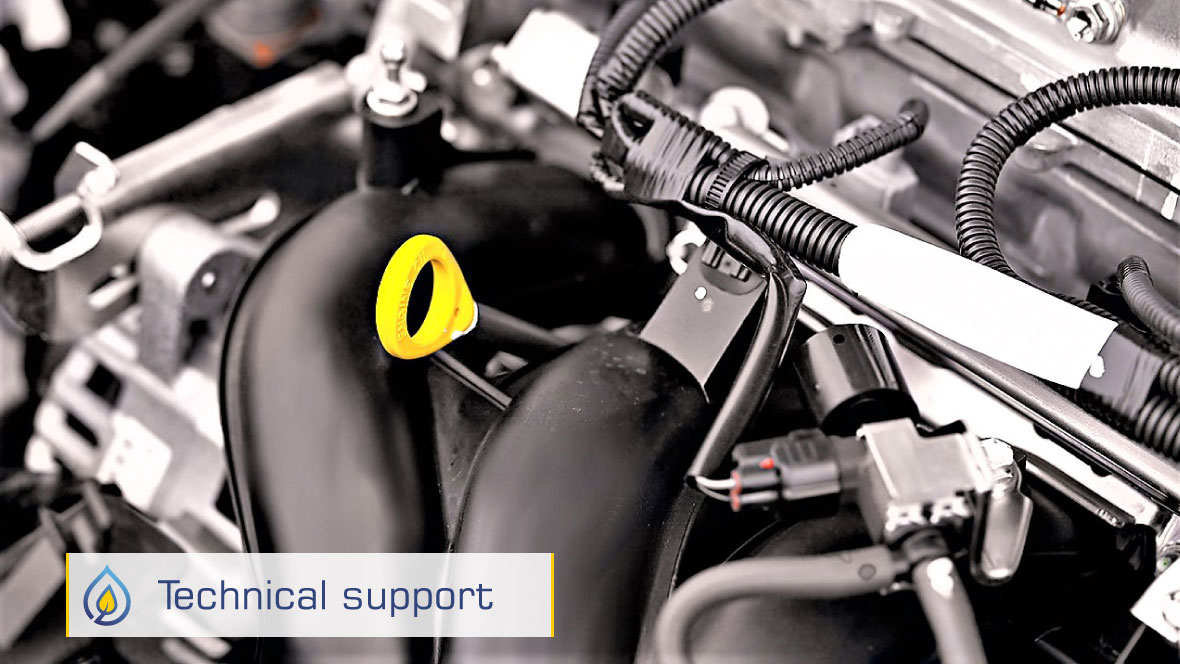On August 22, 2016, Intertek Hamilton in Ontario, Canada tested XBEE Enzyme Fuel Technology to measure the impact of its unique enzyme formula on reducing the harmful small particles in aged diesel fuel that are monitored under the ISO-4406 fuel cleanliness standard.
ASTM D7619 is a light obscuration test method that uses laser light beams passing through a fuel sample to determine the size and number of particles that block filters and may damage engines.
The light-blocking particles create a shadow that is captured by a computer-controlled light sensor; the total amount of particles as well as their specific sizes are measured.
The test method is quite accurate and is non-discriminatory. As it is a purely calculative test, it does not determine the composition of the particulate pollutants. It is designed to measure all particles of 4-, 6-, and 14-microns that can clog fuel filters or damage engines, including inorganic matter such as dust, catalyst fines, rust, and dirt, as well as organic matter; including gums, microbial matter, along with suspended water droplets.




